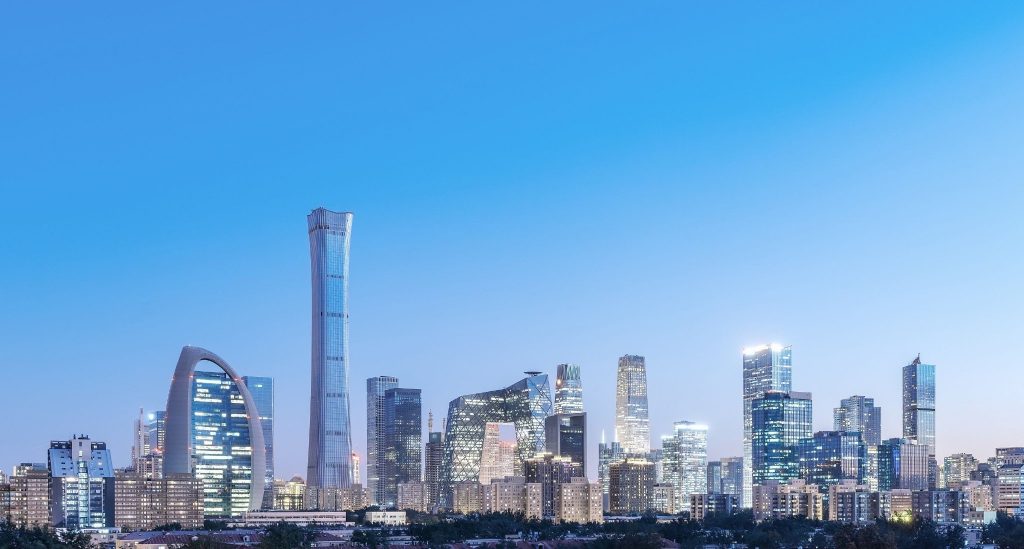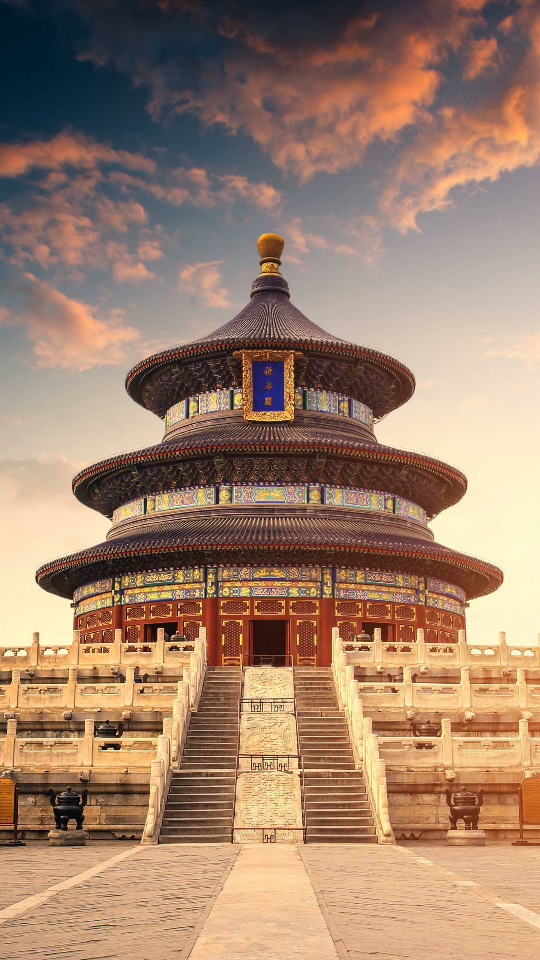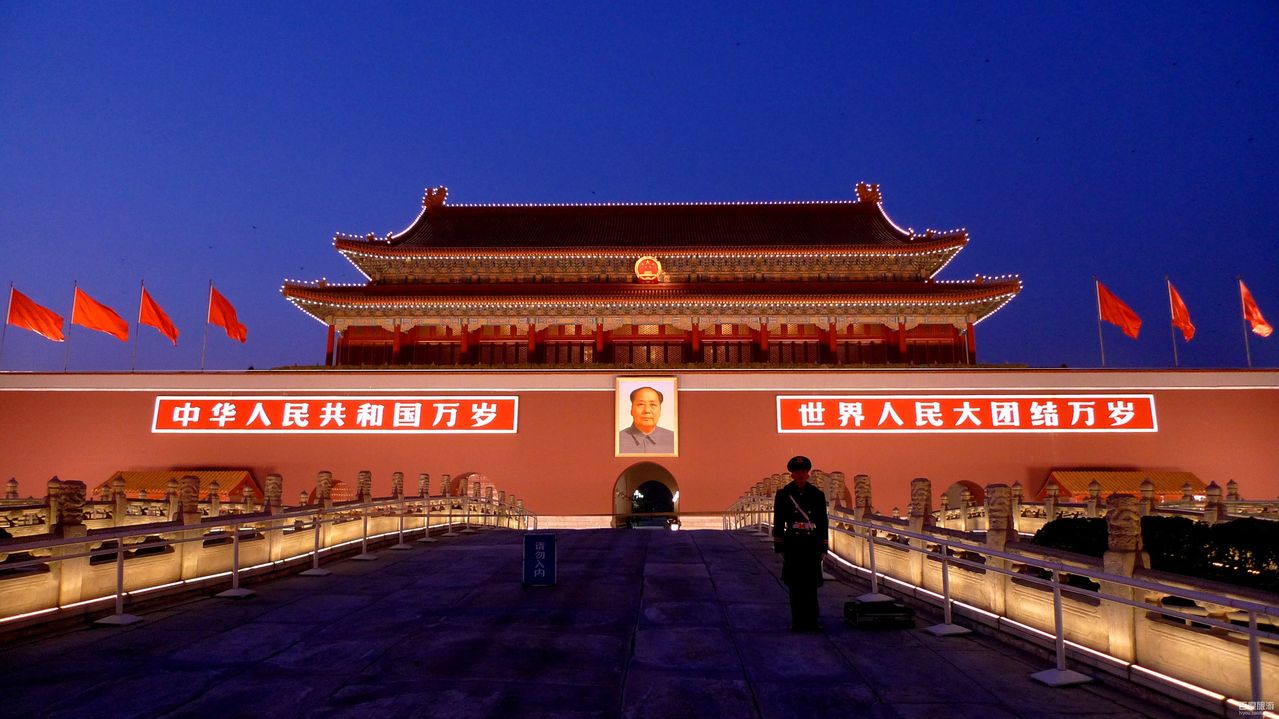Beijing, commonly referred to as “Jing” and historically known as Yanjing and Beiping, serves as the capital, municipality, national central city, and megacity of the People’s Republic of China. It stands as a political, cultural, international communication, and technological innovation hub in China, while also ranking among the world’s top-tier cities.

Historical Background
With a rich history spanning over 3000 years, Beijing has served as the capital for numerous dynasties. In 1045 BC, it became the capital of various vassal states, including Ji and Yan. Subsequently, Beijing served as the secondary capital for Liao, the central capital for Jin, the capital for Yuan, and the national capital for Ming and Qing, ultimately becoming the capital of the People’s Republic of China in 1949.
Geographical Features
Located in the northern part of China, specifically in the North China Plain, Beijing borders Tianjin to the east and Hebei to the rest of its sides. The terrain is hilly, with higher elevations in the northwest and lower areas in the southeast. The western, northern, and northeastern parts of the city are surrounded by mountains, while the southeastern part is a vast plain. Major rivers that flow through the city include the Yongding River, Chaobai River, Beiyun River, and Juma River. The climate is characterized by a warm temperate semi-humid continental monsoon climate, with hot and rainy summers and cold, dry winters.

Cultural Characteristics
Beijing boasts a rich historical and cultural heritage, encompassing renowned landmarks such as the Forbidden City, Temple of Heaven, and Summer Palace. These sites are not only cultural gems of China but also significant components of world cultural heritage. Furthermore, the city is equipped with modern cultural facilities like the National Centre for the Performing Arts and the National Art Museum of China, alongside creative industry hubs like the 798 Art District, embodying the harmonious coexistence of tradition and modernity.
